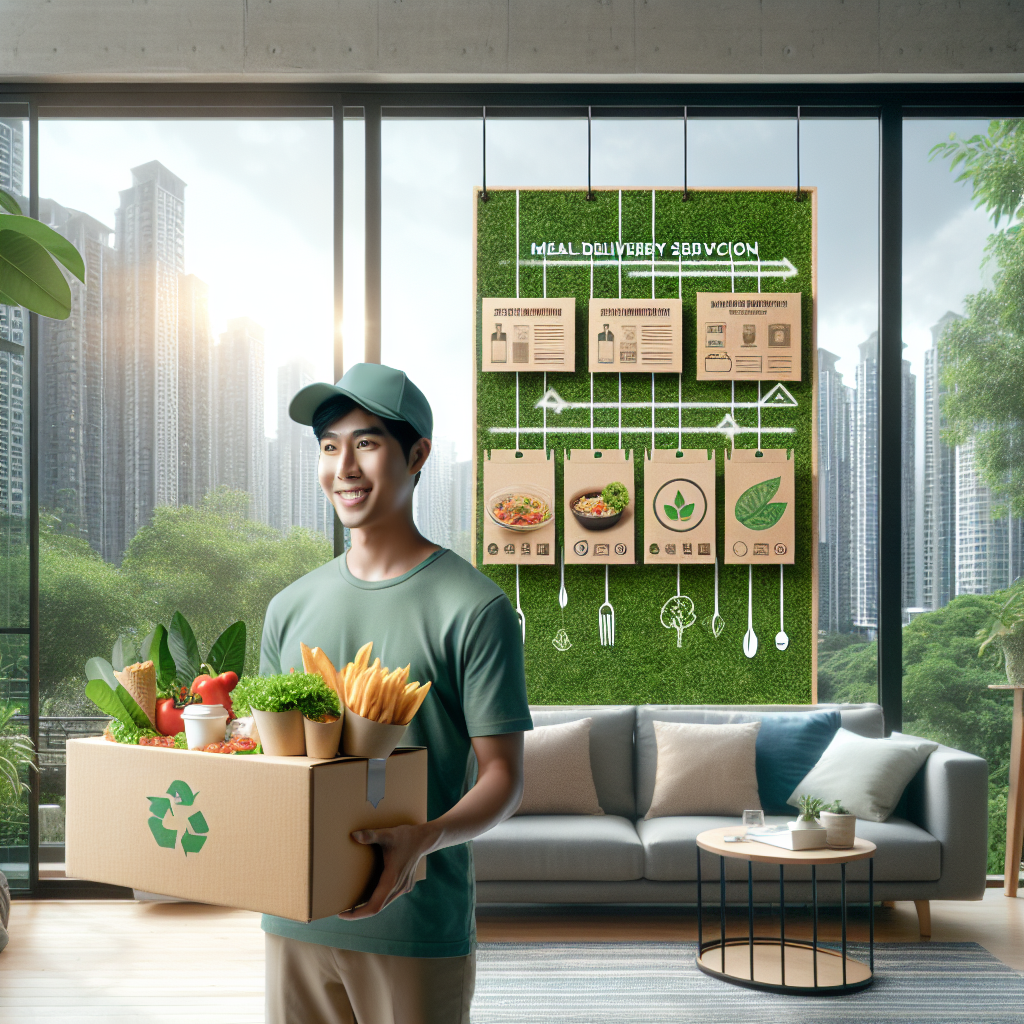In recent years, sustainability has become a crucial focus for various industries, and meal delivery services are no exception. With increasing consumer awareness of environmental issues, many companies are stepping up to create more sustainable packaging solutions. This article delves into some success stories of meal delivery services that are pioneering sustainable practices, ultimately reshaping the culinary landscape for the better.
The Growing Need for Sustainable Solutions
As the demand for meal delivery services has surged, so too has the concern about packaging waste. Traditional meal packaging, often composed of plastics and styrofoam, poses significant environmental challenges. According to a 2021 study, meal kits contribute to 40% more food waste compared to shopping at a grocery store. This alarming statistic has pushed many providers to reconsider their packaging strategies and embrace greener alternatives.
Innovative Packaging Materials
One prominent way meal delivery services have embraced sustainability is through the use of innovative packaging materials. For instance, some companies have started using biodegradable and compostable packaging options made from materials like plant-based plastics, recycled paper, and even mushroom-based packaging. These materials not only minimize environmental impact but also offer biodegradable solutions that are in tune with nature.
Success Story: HelloFresh and Its Commitment
HelloFresh, one of the largest meal kit services worldwide, has taken significant strides in sustainable packaging. In 2021, the company announced its goal to achieve 100% recyclable, compostable, or reusable packaging by 2025. This marks a substantial commitment to reducing single-use plastics. The company has already implemented recyclable cardboard boxes and insulated liners made from recycled material, setting a powerful industry benchmark.
Local Partnerships for Sustainable Sourcing
Many meal delivery services are also collaborating with local farms and suppliers to ensure a more sustainable supply chain. By sourcing ingredients locally, these companies can reduce transportation emissions and support local economies. This approach not only enhances the freshness of the meals but also minimizes the carbon footprint associated with food delivery.
Case Study: Green Chef and Local Sourcing
Green Chef, a USDA-certified organic meal delivery service, emphasizes sustainability through its partnerships with local farms. By sourcing organic produce directly from local farmers, Green Chef not only supports sustainable agriculture but also reduces greenhouse gas emissions tied to long-haul transportation. This strategy has earned Green Chef a loyal customer base that values transparency, quality, and environmental responsibility.
Consumer Awareness and Education
As meal delivery services transition to sustainable packaging, educating consumers becomes essential. Companies are increasingly focusing on transparent communication about their practices, helping customers make informed choices that align with their values. This focus on awareness not only builds brand loyalty but also inspires a collective effort towards sustainability.
Example: Blue Apron’s Commitment to Education
Blue Apron has tapped into consumer education by offering online resources that highlight its sustainability initiatives. From informative blog posts about the benefits of composting to guidelines on how to recycle meal packaging effectively, Blue Apron positions itself as a thought leader in the sustainability conversation. By empowering customers with knowledge, Blue Apron not only encourages responsible behavior but reinforces its commitment to environmental stewardship.
The Impact of Technology on Sustainable Packaging
Technology also plays a crucial role in advancing sustainable packaging solutions. Meal delivery services are using innovative packaging designs that minimize material waste and enhance insulation. For example, vacuum-sealed bags reduce air and ensure freshness while utilizing less material than conventional packaging methods.
Forward Thinker: Freshly and Tech-driven Packaging
Freshly, a meal delivery service known for its ready-to-eat meals, utilizes technology to create efficient, stackable packaging that minimizes space and reduces waste. By integrating smart design with sustainability, Freshly has optimized its packing process, ensuring meals arrive fresh without excessive packaging materials.
Building a Sustainable Future Together
As the world becomes more environmentally conscious, the meal delivery industry is rising to the occasion. These success stories highlight how innovative packaging solutions, local sourcing, consumer education, and technology can coalesce to create a more sustainable future. By leading the charge in sustainable practices, meal delivery services not only cater to the rising demand for convenience but also become integral players in the fight against climate change.
Conclusion: Join the Movement
While individual actions may seem small, collectively, they can lead to significant change. By choosing meal delivery services that prioritize sustainable packaging, consumers can contribute to a healthier planet. Whether it’s choosing a meal kit that uses biodegradable packaging or supporting a brand that sources ingredients locally, every decision matters. Together, we can champion sustainability and foster change in the food industry.
By sharing these insights, we hope to inspire you to consider the impact of your meal choices and encourage the meal delivery industry to continue evolving in an eco-friendly direction. Let’s support those who are leading the way toward a more sustainable future—one meal at a time.


